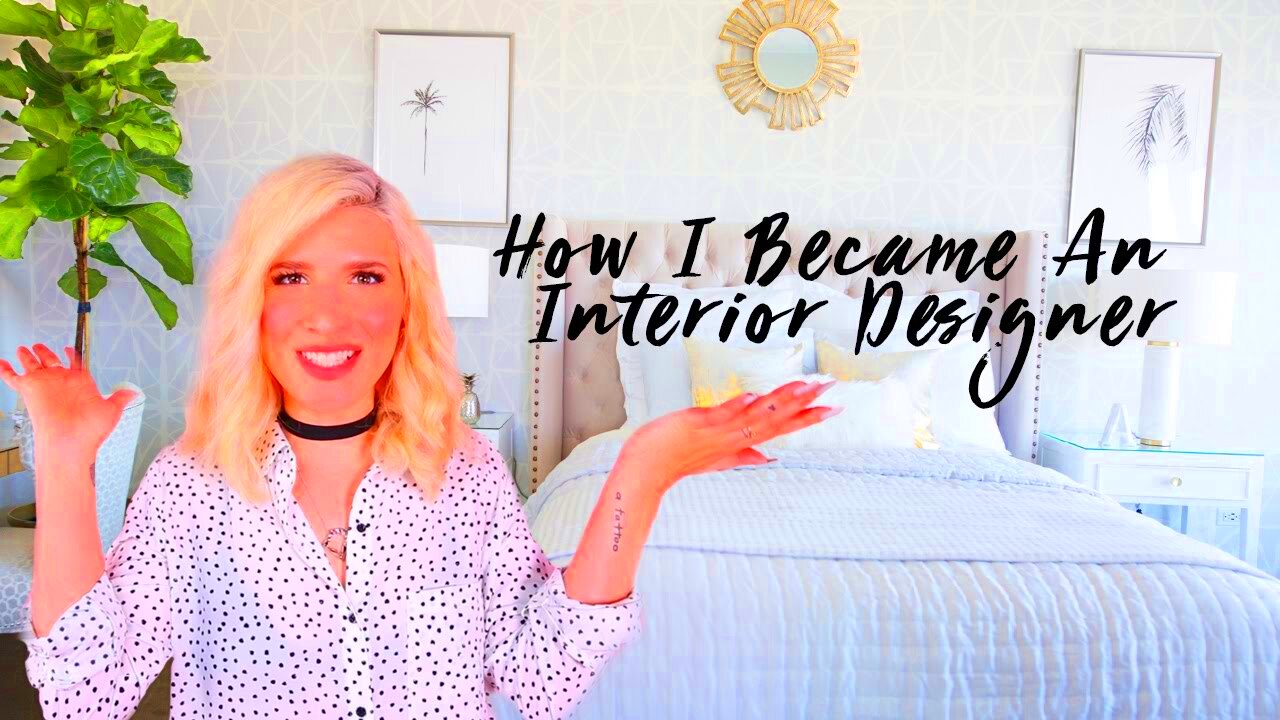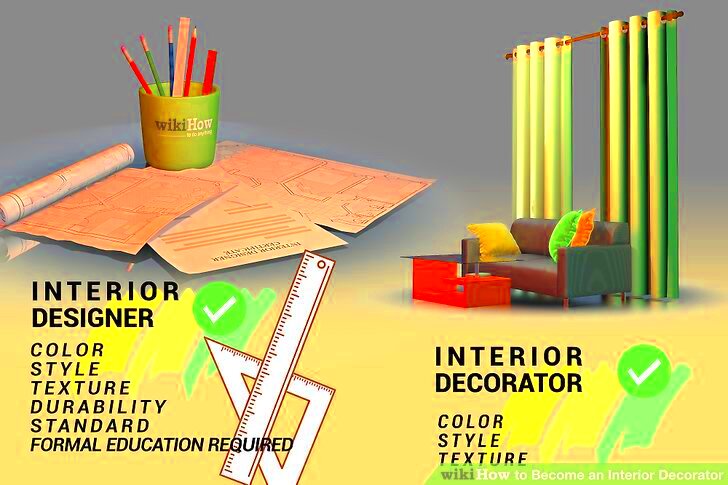Interior decorators have an important part to play in designing places that depict the individuality as well as requirements of their customers. Unlike interior designers who usually deal with structure and layout changes, they are primarily concerned with aesthetics. They pick suitable colors, furniture pieces, materials and other decorative items that complement the entire room’s appearance.
One of their responsibilities is having knowledge about customer tastes and advising them about options which increase practicality and aesthetics. Some primary tasks include:
- Client Consultation: Meeting with clients to discuss their vision, needs, and budget.
- Space Planning: Arranging furniture and decor in a way that maximizes space and flow.
- Style Selection: Helping clients choose colors, materials, and styles that suit their taste.
- Project Management: Overseeing the implementation of design plans, coordinating with contractors and suppliers.
Creating captivating spaces that evoke emotional connections with clients can be achieved by mastering these elements as such.
Identifying Your Unique Style and Niche

In the tough and competitive world of interior decorating you need to find your own unique style and niche. It is your style that will make you different from others and help in getting right kind of clients. Here are some steps on how to discover one’s personal aesthetic:
- Explore Different Styles: Familiarize yourself with various design styles, such as modern, bohemian, rustic, and traditional. Look at magazines, websites, and social media for inspiration.
- Reflect on Your Preferences: Consider what types of designs resonate with you. Ask yourself what colors, materials, and layouts you naturally gravitate toward.
- Seek Feedback: Share your ideas with friends or family to gain insights. Sometimes, others can see your strengths better than you can.
- Test Your Style: Take on small projects, even for friends or family, to see how your style works in practice.
Because when you get to know your style and niche, you will build a brand that gets clients who admire your unique perception.
Also Read This: How to Write for Fiverr: A Comprehensive Guide
Building a Portfolio to Showcase Your Work
For any independent interior designer, a good portfolio is essential. It showcases your capabilities, flair and standard of your craft to prospects. Here are some of the best approaches to create your portfolio:
- Document Every Project: Keep a record of all your completed projects, including before-and-after photos.
- Include Diverse Styles: Showcase a range of styles and spaces, from residential to commercial, to attract a broader audience.
- Write Descriptions: For each project, write a brief description outlining the client’s needs, your design approach, and the results achieved.
- Use High-Quality Images: Ensure that your photos are well-lit and professionally taken to highlight your work effectively.
- Online Presence: Create a website or use platforms like Instagram and Pinterest to display your portfolio. Consider using a blog to share design tips and insights.
In the area of interior designing, having an attractive and well-rounded portfolio will help you attract clients while gaining credibility.
Also Read This: Are Fiverr Promoted Gigs Worth It?
Setting Up Your Freelance Business
Establishing a freelance interior designing enterprise is a thrilling voyage. It enables one to demonstrate their inventiveness while at the same time offering significant assistance to their customers. Nevertheless, initiating a business requires meticulous preparation as well as arrangement. Below are some vital measures which will help you begin:
- Choose a Business Structure: Decide whether you want to operate as a sole proprietorship, LLC, or corporation. Each has its advantages and disadvantages in terms of liability and taxes.
- Register Your Business: Check local regulations and register your business name. This step ensures that you’re legally operating and can help build your brand.
- Create a Business Plan: Outline your services, target market, pricing strategy, and marketing plan. A solid business plan will guide your decisions and help you stay focused.
- Set Up Financial Systems: Open a separate bank account for your business finances. Consider using accounting software to track income and expenses efficiently.
- Develop Your Brand: Create a logo, business cards, and a website. Your brand identity should reflect your style and appeal to your target market.
- Market Your Services: Use social media, local advertising, and word-of-mouth to promote your services and attract clients.
With a solid grounding, you will be prepared for success as a freelance designer.
Also Read This: How to Register as a Seller on Fiverr
Finding Clients Through Networking and Marketing
Finding clients is essential for any freelance business. There are different ways for interior decorators to reach their potential customers. This can be done through effective networking and marketing tactics. To begin with, here are some thoughts on how to go about it:
- Network Locally: Attend local events, home shows, and community gatherings to meet potential clients. Building relationships in person can lead to referrals.
- Utilize Social Media: Share your work on platforms like Instagram and Pinterest. Post regularly, engage with your audience, and use relevant hashtags to increase visibility.
- Collaborate with Other Professionals: Partner with real estate agents, contractors, and other interior designers. These relationships can lead to mutual referrals and new clients.
- Create Valuable Content: Consider starting a blog or a YouTube channel where you share design tips, trends, and project highlights. This approach positions you as an expert in your field.
- Offer Free Workshops: Host workshops or webinars on topics like home staging or design basics. This can attract interested clients while showcasing your expertise.
When you spread the word about what you do and make connections, you will have a lot of customers coming to you over and over again.
Also Read This: Understanding What Revision Means in Fiverr
Delivering Exceptional Service to Build Your Reputation
Sustaining a good name as an interior designer will greatly affect your future. Not only will offering top notch service keep them happy or turn their friends into new customers but it also generates glowing recommendations and comments about you. Thus, here are tips on how to be noticed:
- Listen to Your Clients: Understand their needs, preferences, and budget. Make them feel heard and valued throughout the process.
- Communicate Clearly: Keep clients updated on project progress, timelines, and any challenges that arise. Transparent communication builds trust.
- Be Professional: Always meet deadlines, respect budgets, and maintain a professional demeanor. Your reliability will impress clients and keep them coming back.
- Request Feedback: After completing a project, ask clients for their thoughts. Constructive feedback can help you improve your services.
- Follow Up: Stay in touch with past clients. A simple follow-up message can remind them of your services and lead to future projects.
By providing outstanding solutions to your clients, you can develop an amazing brand that will draw in more purchasers and make you successful in the field of independent interior design.
Also Read This: List of Top and Best Voiceover Gigs on Fiverr
Staying Updated with Industry Trends
AI understands that interior decorating trends keep changing at an alarming rate and therefore being in touch with them is vital for any decorator wishing to remain in business. Sometimes, it happens that last year’s trend may not even capture the attention of your client anymore. Some ways to ensure you are always on top of things include:
- Read Design Magazines and Blogs: Publications like *Architectural Digest* or *Elle Decor* often feature the latest styles and innovations. Online blogs can also provide valuable insights into emerging trends.
- Attend Trade Shows and Conferences: Events such as the International Contemporary Furniture Fair (ICFF) offer a platform to see the latest products, designs, and technologies in the industry.
- Join Professional Associations: Organizations like the American Society of Interior Designers (ASID) provide resources, networking opportunities, and trend reports that can be invaluable for your practice.
- Follow Influential Designers: Social media platforms like Instagram and Pinterest are filled with inspiring work from renowned designers. Following them can help you spot trends early.
- Participate in Online Forums: Websites like Houzz or Reddit have communities discussing design trends. Engaging in these conversations can provide different perspectives.
Staying updated concerning your client’s needs and trends in the sector is only possible if you make use of resources such as these.
Also Read This: How to Be a Creator on Fiverr
FAQ about Becoming a Freelance Interior Decorator
When beginning your life as a freelance interior decorator, you may have questions in mind. Here are answers to some frequently asked questions:
| Question | Answer |
|---|---|
| What qualifications do I need? | While a degree in interior design can be beneficial, many successful decorators have built their careers based on experience and a strong portfolio. |
| How do I price my services? | Research competitors in your area to gauge average rates. You can charge by the hour, per project, or a flat fee, depending on what works best for you and your clients. |
| How can I find clients? | Networking, social media marketing, and building a strong portfolio are effective ways to attract clients. Attend local events and collaborate with other professionals. |
| What should I include in my portfolio? | Your portfolio should showcase a variety of projects, before-and-after photos, client testimonials, and a description of your design process. |
| Is it necessary to specialize? | While specializing can help you stand out, many decorators find success by offering a broad range of services initially and then honing in on a niche over time. |
Conclusion on Your Journey as a Freelance Interior Decorator
As you set out on this adventure of being a freelance interior decorator there are many things to consider in order to make it successful or painful one. You have to think about how creative you are, whether you possess business sense or not and if you are willing to learn all through your life. While traversing this path of life, don’t forget that:
your creativity; your business knowledge; and your ability to continue learning.
- Building Your Skills: Stay open to learning new techniques and exploring different styles.
- Networking: Cultivate relationships within the industry and with clients. Word-of-mouth referrals can significantly boost your business.
- Maintaining Passion: Always return to what inspired you to pursue this path. Your enthusiasm for design will resonate with clients.
In this way suite spaces beautifully can be created which not only express clients’ characters but also satisfy their desires leaving a fulfilling job in interior design.




